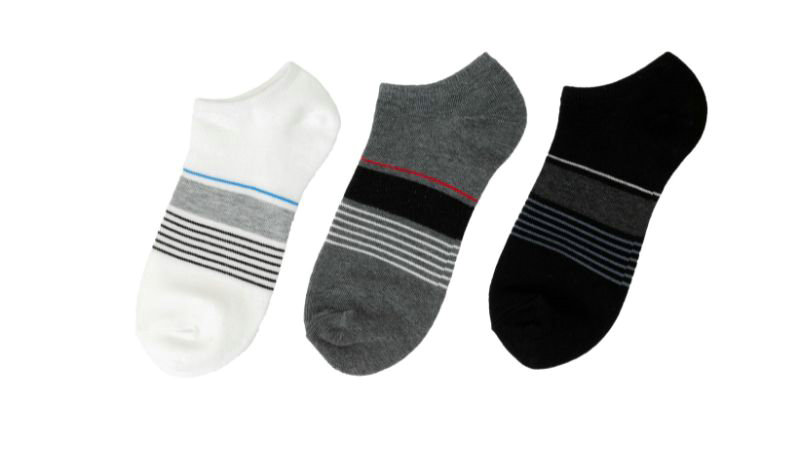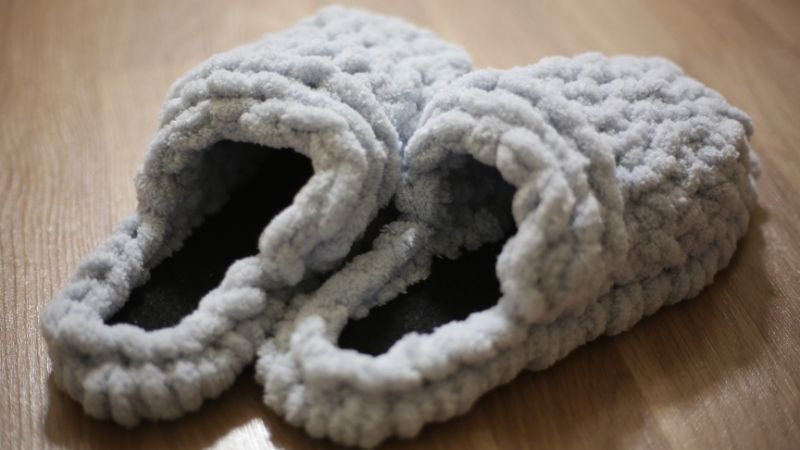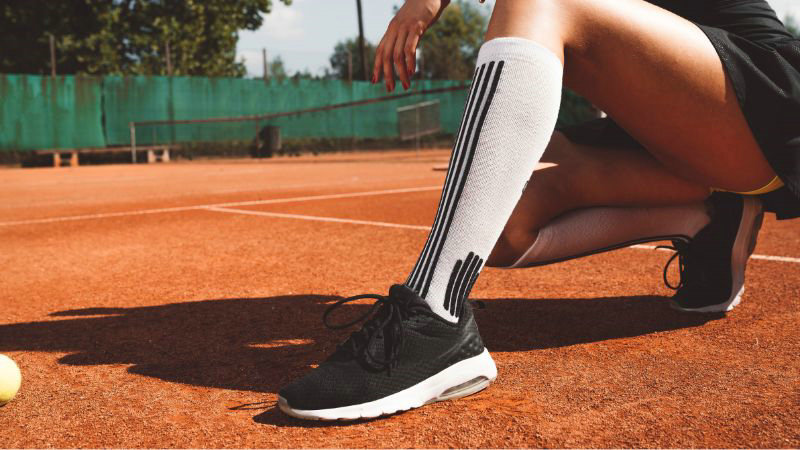
When it comes to footwear, socks are often an afterthought. However, choosing between sports and normal socks can significantly impact your comfort, performance, and foot health.
Whether you’re an athlete, fitness enthusiast, or want to take better care of your feet, understanding the key differences between these two types of socks is crucial.
In this quick guide, we’ll explore the distinct features, materials, and benefits of sports socks compared to their everyday counterparts.
What are Considered Athletic Socks?
Socks are garments worn on the feet. They provide comfort, protect the feet from dirt and friction, and help to keep them warm. Socks come in various materials and thicknesses, each serving different needs.
Unlike regular socks, sports socks are specifically designed for physical activities involving a lot of movement. They have extra padding to prevent blisters and offer better moisture control.
What are the Differences Between Sport Socks and Normal Socks?
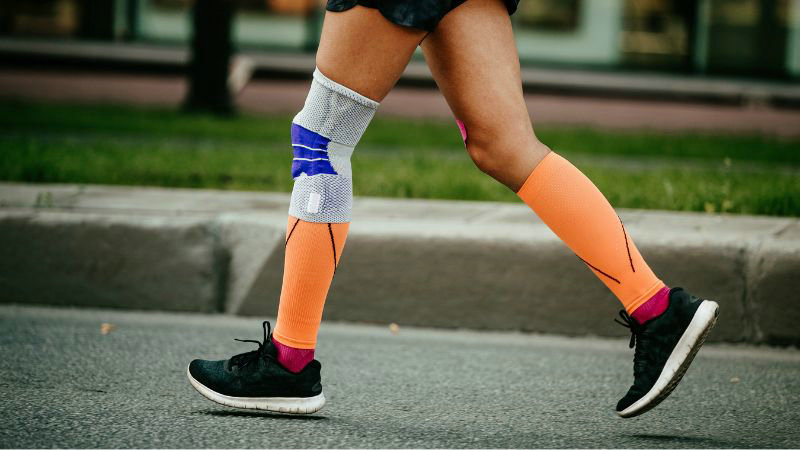
Materials and Composition
When comparing sports socks to normal socks, the materials used and their composition play a crucial role. Differences in fibers and fabric types affect the socks’ comfort, durability, and performance.
Regular socks often use natural fibers like cotton, wool, bamboo, and even cashmere. These materials are known for their softness and comfort.
Conversely, sports socks heavily rely on synthetic fibers like polyester, nylon, and spandex. These fibers offer moisture-wicking properties, which help keep your feet dry during intense activities.
Like spandex, it ensures the socks stay in place, providing a snug fit.
Unique Features of Sport Socks
Sports socks often come with extra cushioning and padding to protect your feet. Cushioning helps reduce the impact on your feet, which is essential for activities like running, soccer, or basketball.
Padded socks also minimize the risk of blisters by reducing friction during movement. Different sports might require varying levels of padding.
Sports socks also include various technologies to provide stability and prevent injuries. One common feature is compression, which can boost blood circulation and reduce muscle fatigue.
You might also find ankle socks with added support to limit unnatural movements that could lead to injuries. Support bands around the arch enhance traction and stability, which is helpful for sports that require quick directional changes.
These features ensure you have the right amount of support whether you’re on the track, field, or court.
What are the Common Types of Sports Socks
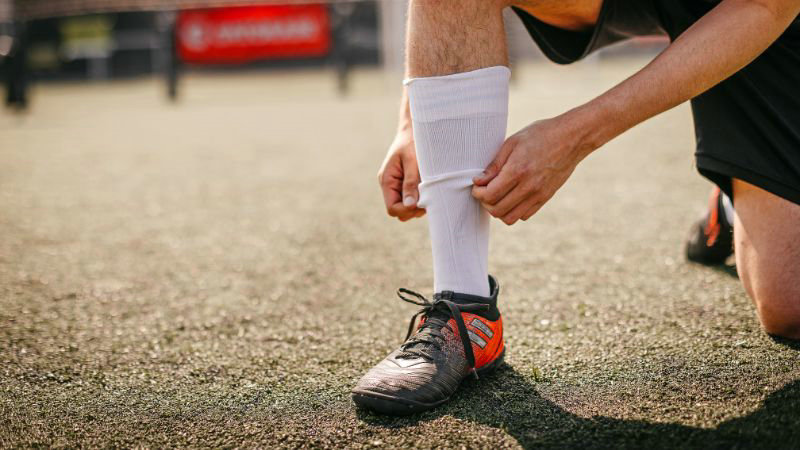
Different sports require socks tailored to the unique demands of each activity.
Running and Basketball Socks
Running and basketball socks are designed to handle extended periods of intense activity. Running socks are made from synthetic fibers, which can help you move smoothly inside running shoes.
Running socks usually have moderate cushioning, while basketball socks might feature more to handle the rigorous jumps and landings. The extra padding can be located in strategic areas like the heel and ball of the foot for enhanced protection.
Soccer and Tennis Socks
Soccer socks stretch up to your knees to protect against scrapes and cuts from cleats. They are designed to be tight around the calf to hold shin guards in place, making them both functional and protective.
Tennis socks focus on comfort and support for lateral movements.
Hiking Socks
Hiking socks are heavier and provide thicker cushioning to shield your feet from rough terrains and long durations on trails. They are usually made of materials that offer insulation and moisture control, such as wool blends. This helps in keeping your feet warm and dry.
Frequently Asked Questions
Why are some sports socks thicker, and is it essential for performance?
Thicker sports socks offer extra cushioning, protecting your feet from continuous movement, harsh rubbing, and blisters. The additional thickness also enhances durability, so you don’t have to replace them frequently. This added comfort and protection are crucial for performance, especially in high-impact sports.
Are there specific differences between soccer socks and traditional socks?
Soccer socks are usually longer, often reaching up to the knee, to provide extra protection and support. They are designed to stay up during intense movements and have reinforced sections to absorb impact from cleats. Traditional socks are generally shorter and lack these sport-specific features.
Can wearing the right sports socks actually improve my game?
Yes, wearing the right sports socks can improve your game by providing better comfort, reducing the risk of injury, and enhancing overall foot health. Properly designed socks can help you focus more on your performance by minimizing distractions like discomfort and blisters.
What features should I look for in socks when shopping for different sports?
Look for moisture-wicking materials to keep your feet dry. Cushioning in key areas like the heel and toe is vital for impact protection. Consider compression for better support and stability. Also, ensure the socks fit well to avoid rubbing and blisters. For specific sports, check for reinforced areas and length.
Why should people wear socks?
Socks provide a layer of insulation that helps keep feet warm, and socks help absorb moisture and sweat and keep feet dry, especially those made from Merino wool. Furthermore, wearing socks helps prevent feet from fungal infections.

